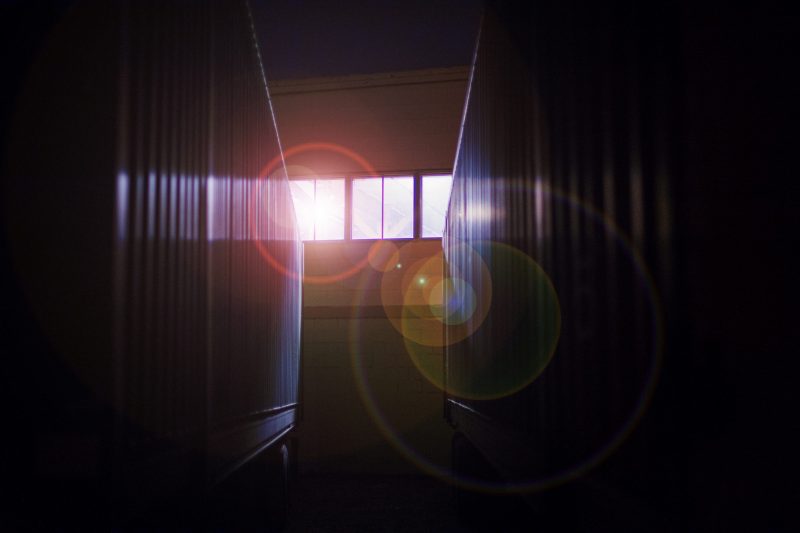I woke at 3am with the thought that the classes I’m currently teaching are going terribly.
After 20 years of teaching, I’m familiar with this feeling, particularly with classes I’ve never taught before. We’re nearly half-way through the term, and it’s usually then that I start waking up in the middle of the night thinking about what other sorts of careers I might be more suited for.
I think this feeling happens around mid-term because we’re far enough in for me to know what mistakes I made in the early weeks, but far enough from the end for me to keep thinking the course is salvageable. Later on, if I have doubts about the success of a course, I think, “Oh well. C’est la vie. I’ll try to do better next term.”
This is not to say my feelings are necessarily accurate or that my students would share them. Some things definitely could go better, and some students definitely do not like the course and/or me, but experience tells me that my feelings are also probably far worse than the reality. Recognizing this, I ask myself: What’s the evidence? And, given this evidence, what can you do differently?
Lying in bed, unable to sleep, I went over the evidence. There was some. There always is, especially when teaching a course for the first time, especially when the course is unlike any you’ve taught before. Planning the course, you make lots of guesses (some of them educated, some not) about what students will need help with, what to spend the most time on, etc. In my experience, at least, about 50% of the guesses turn out wrong when teaching something for the first time, especially in a new field. You accept this as a risk of the work, try to remind yourself (and your students) to see the course as an experiment, to accept the things you cannot change, change the things you can, wisdom to know the difference, etc. — but the terror (and, indeed, self-hatred) that woke you in the middle of the night arises from the disappointment that things you thought would be easy for your students turned out to be tremendously challenging, while things you thought would be difficult turned out to barely require any time at all. How will you ever get everything back on track? How will you keep from scarring all your students for life?
Since I knew I would not be able to sleep again until I found some peace with all this, I began interrogating my feelings. What felt so off? Which assignments, specifically? Were they worth worrying about? Then I asked myself: Knowing what I know now, what would I have done differently in the first few weeks?
The first answer to that last question was: Everything. I would do everything differently.
This answer is not entirely hysterical. (It is, though, at least partly hysterical.) Were I to teach the class again, I would change the first month substantially. I simply didn’t anticipate well what would and would not prove challenging for the students, and there were activities and assignments I should have introduced more slowly and broken down into component parts, as well as a few that we didn’t need to belabor quite so much.
Once I identified these problems, I began to think about solutions, and quickly realized that the open, collaborative design of the course allows us to stop and fix problems. My sense of impending disaster and complete failure began to dissipate, because I realized that I could solve most of the biggest problems in the next two weeks. The mechanisms are already there to do so, because I have broken the students into working groups for discussions and about and presentations on our weekly reading. It will be easy enough for them to work collaboratively with each other to, for instance, spruce up their personal websites (the creation of which was vastly more difficult than I had anticipated).
The course I’ve struggled most with is not one I am scheduled to teach again, which is partly a relief and partly a frustration, because now I know how to make the course run more smoothly. What woke me in the middle of the night, though, was the feeling that the course is already a disaster and beyond repair. This is clearly not true, and once I calmed myself down and began working through the obstacles, I realized that. I had thought: Knowing what I know now, I wish I could go back and time and fix things.
But then I realized: I know what I know now. And I can fix things.
Or, rather, we can fix things — the whole goal of these courses is to make myself, the Teacher Guy, less important and to boost the students’ confidence, knowledge, and autonomy. Perhaps the scariest part of that is realizing I cannot fix anything in these courses on my own. I need to say to the students: Here’s what I see not working well. Here’s what I see needing more attention. We’ve got just over half a term left, and lots to do. So how will we get better together?
After realizing all this, I was able to go back to bed and to sleep soundly.
image: “night-window-light-flare.jpg” by r. nial bradshaw is licensed under CC BY 2.0
